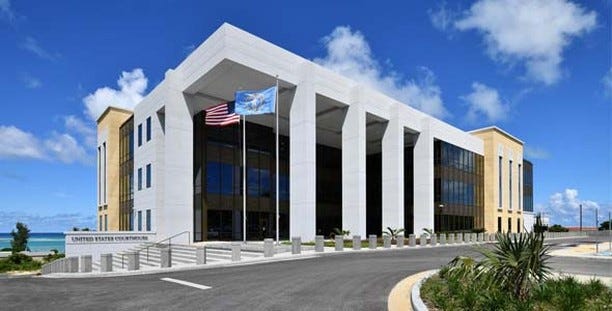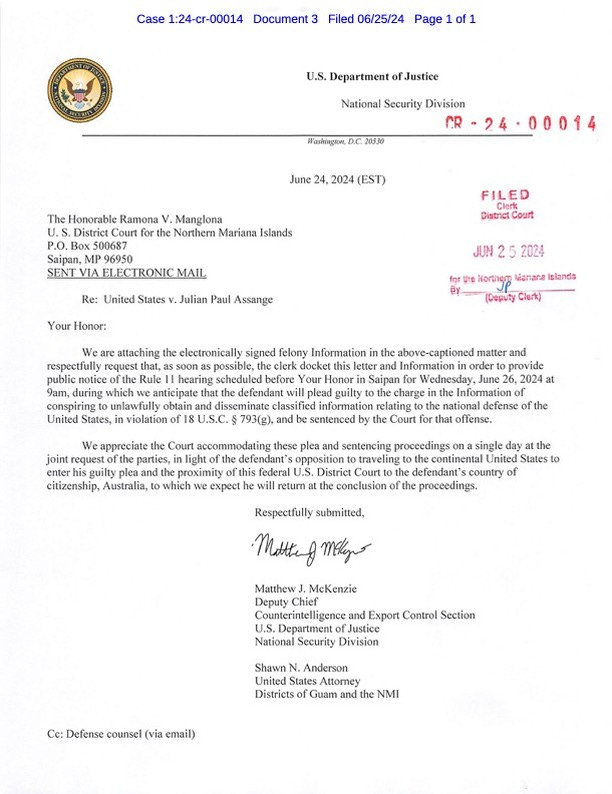Julian Assange on Saipan
The US Government picks a place that has been forgotten to end a chapter it would rather forget. It is not the first time.
Most people today will be thinking about the most interesting place on Earth for the first time ever.
Saipan is the perfect place for a last-minute plea deal to minimize scrutiny. For eighty years, the United States has used its mandate over and association with these islands to carry out some of its softer strategic interests in the Pacific without the scrutiny of the mainland.
The Assange deal in a few hours will be the most important thing that will ever happen in the brand new United States District Court building. One District Judge and one Magistrate Judge sit here, in a jurisdiction with 47,000 residents.
The CNMI has its own federal District Court, but it does not have its own United States Attorney. This plea letter was filed by the Deputy Chief of the Counterintelligence and Export Control Section and by Shawn N. Anderson, the United States Attorney for both Guam and the NMI.
“In light of the defendant’s opposition to traveling to the continental United States to ender his guildy plea and the proximity of this federal U.S. District Court to the defendant’s country of citizenship, Australia…”. Anyone cognizant of maps can see through this hogwash. It is not for me to weigh in on whether we should give consideration to the desire of this defendant to avoid the continental United States (we shouldn’t), but if that cannot possibly be the actual rationale. American Samoa is the closest to Australia, and it is arguably not even American soil, but it does not have a U.S. District Court. Hawaii and Guam, however, are closer and cheaper to get to Australia than the CNMI.
The Territory of the Southern Mariana Island has four times the population of the Northern Mariana Islands. It is closer to Australia and far cheaper to fly. You have to fly through Guam if you are going to stay within the United States. It is a $760.00 round trip just to go the 130 miles between Saipan and Guam. For whatever reason, the DOJ has decided to incur that additional cost.
The obvious calculation here has to do with journalistic coverage. There is no possible way to travel for a journalist to Saipan between the time the DOJ filed their public notice of hearing and when the hearing will be held. From the mainland, it is about 20 hours, and there are only flights twice a week. Even for a journalist who happened to be on Guam, the daily flight a 8:00 am will not make it in time. On island, there are two local newspapers with limited staff and local coverage. There will not be any major journalistic publication present at the final hearing for the most important journalistic publication case in recent American history.
My field is prosecution, Micronesia, and corruption generally, not the Wikileaks/Manning/Assange case particularly. But it seems cynical for the government to take active steps to further obscure a case about embarrassing communications by the State Department. Reporters who have had this beat for more than a decade will be unable to see its resolution.
One less nihilistic possibility a friend suggested is that this could have to do with one of the idiosyncrasies of law created by the CNMI’s unique history as America’s least colonized land. Here, at least for now, you cannot claim asylum. Given Assange’s history in the Ecuadorian embassy in London, maybe it is a strategy.
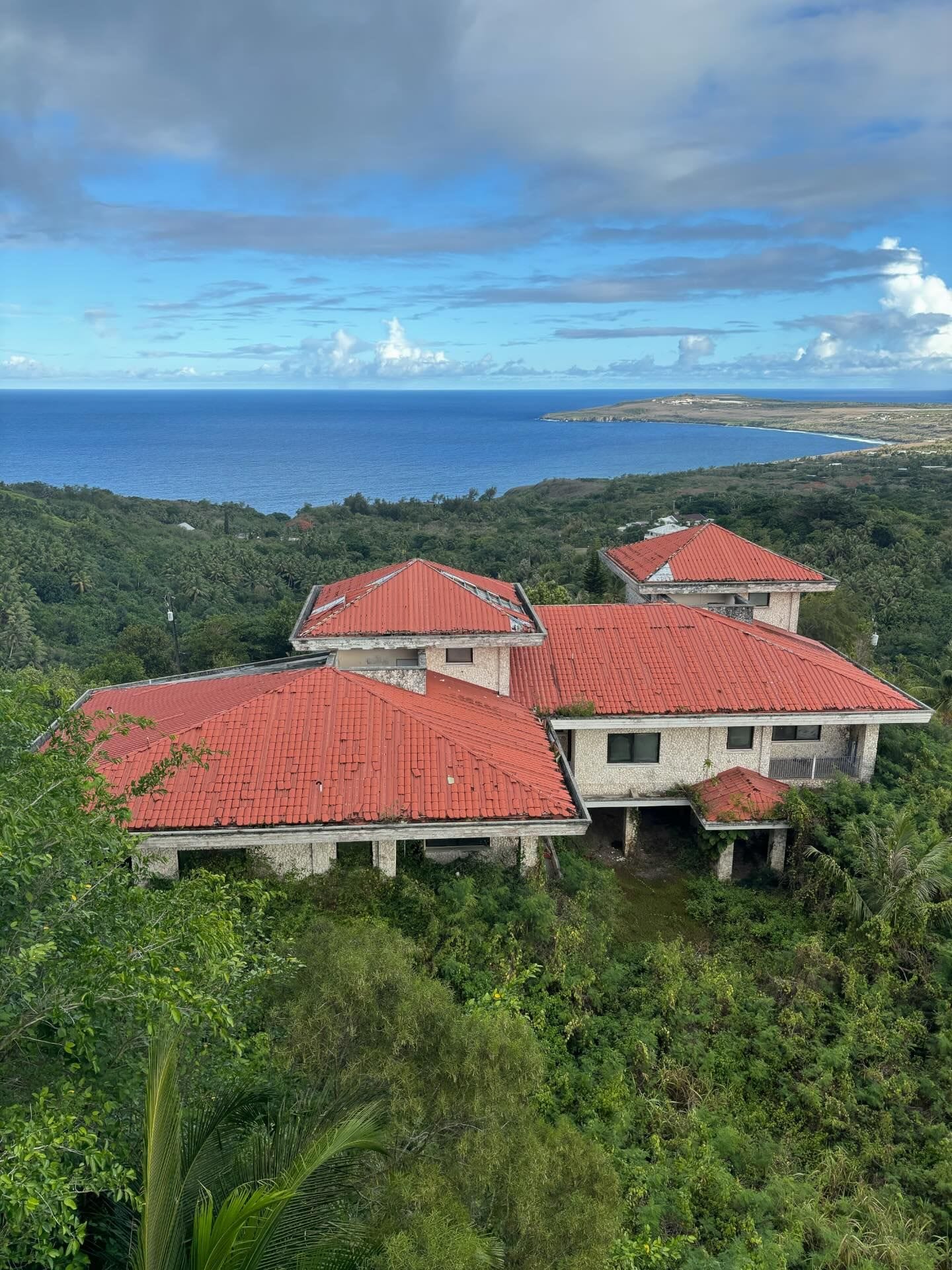
The reason that you cannot claim asylum under the USCIS regulations is that in 2008 U.S. Immigration law were extended to the CNMI. The transition began on November 28, 2009, but after several extenstions, is not scheduled to end December 31, 2029. The CNMI, when it first joined the United States in 1975, negotiated with the United States regarding which parts of federal law and which parts of the Constitution would apply here.
The CNMI was extremely poor coming from the 20 years as part of the Trust Territory of the Pacific since the island was liberated from Japanese rule. U.S. Minimum wage laws were not feasible. The CNMI negotiated for control over its own immigration and labor rules. In the mid 1970s the picture of immigration from East Asia looked fundamentally different.
This arbitrage resulted in large American brands over the next three decades operating up to 36 garment factories. Tens of thousands of foreign workers on an island twice the size of Manhattan migrated from incredibly impoverished places so that designer brands could claim the 'Made in USA' label.
The conditions for the workers here, in my own lifetime, are an unrecognized blemish on American brands. It is an easy joke for SNL about the ease of modern Chinese fast fasion, but the see-no-evil, hear-no-evil ethic applied under an American flag while all of you were alive.
A few families became very wealthy during the garment days. The massive profits from lowered costs from these multinationals, however, went to shareholder value instead of investment towards a long-term, diversified, healthy economy. Outside investors with foreign workers in squalid conditions were tolerated in a way that would never happen on the mainland. The first investigatory reports about the conditions here were in the early 1990s, but it took more than 20 years of exposes, government investigations, and lawsuits for change to finally be made.
This was not merely multinational greed overwhelming a small population without the resources to strictly regulate working conditions. With every investigatory report, such as "Paradise Lost," the local press, business, and government would respond with dismissal and umbrage, claiming that there was nothing wrong or that somehow THEY were the victims. Is it a coincidence that one of the newspapers is owned by the same company that owned many of the factories? Who can say.
There were no consequences for any of the culprits.
On the other side of the world, it is easy to forget.
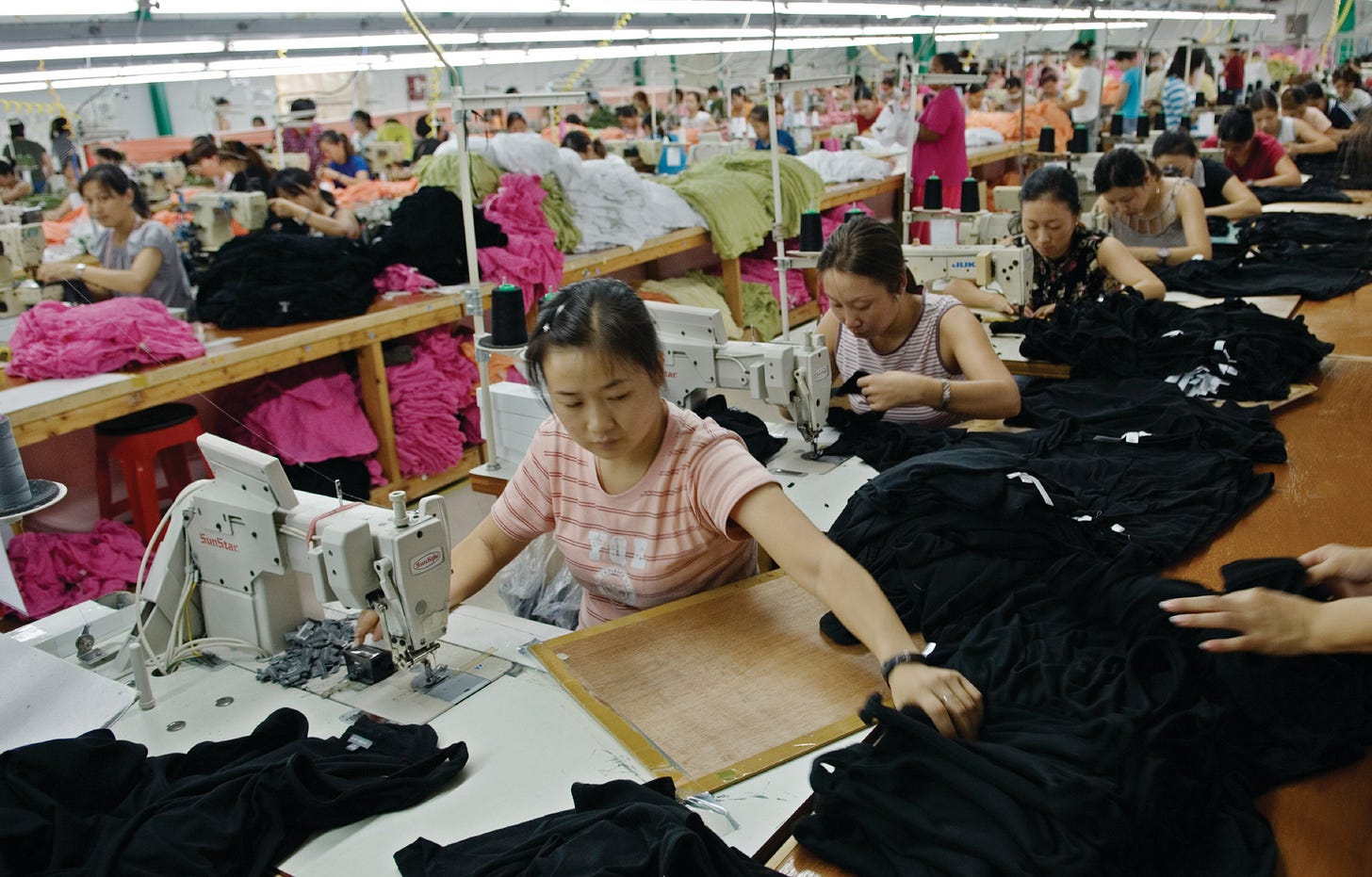
The effort to protect the garment industry involved the CNMI Government hiring Jack Abramoff and orchestrating junkets by Congress members to see the beautiful island, the history, and a very sanitized 'visit' to the factories.
The federal government framed their takeover of immigration as a national security need. Many still believe that it was an unjust thing 'done to' them by the Federal government. It is hard to see what lessons have been learned.
Despite a ten-year runway before the change to immigration, there was little preparation. In the last fifteen years, successive administrations have asked for delays or exemptions to continue special consideration for visas. In addition to a CNMI-Only Temporary Worker and Investor visas, the change also allowed PRC visitors to stay for forty-five days without visas. Starting in 2019, that was shortened to 14 days. It has had very predictable results. It is a back door into Guam, using local captains to transport boatloads that arrived as "tourists" to the CNMI to make it to Guam. It is unclear how many beem successfull, but well over 100 have been caught at sea since 2022.
Unfortunately, the garment industry debacle is not the only misadventure that would not be tolerated in the mainland muddling through out of sight and out of mind. After 18 years of operating, FINCEN fined the Tinian Dynasty, a massive casino complex operating on the lightly populated island of to Saipan's south with the largest ever fine for money laundering.
Did anything happen with that casino or its proprietors? No. It is an abandoned hulk on the island where the Enola Gay launched the Voice of America is broadcast. Did the CNMI learn its lessons about the challenges of regulating casinos? Also no.
As soon as the Tinian operation shut down, the powers that be facilitated a massive casino operation on Saipan. The results were as expected. Human trafficking, money laundering, desecration of ancient burial grounds… and the hulk dominates the island and is visible 12 miles off shore. Any lessons learned? Of course not.
If anyone takes time to look at what else is on Judge Mangloña’s docket, they will notice that more than half of the cases for the last decade have involved one party: Imperial Pacific International. This is the Chinese casino company that has put a permanent scar on the island. The facade of its never-opened monstrosity is the only building bigger than the courthouse.
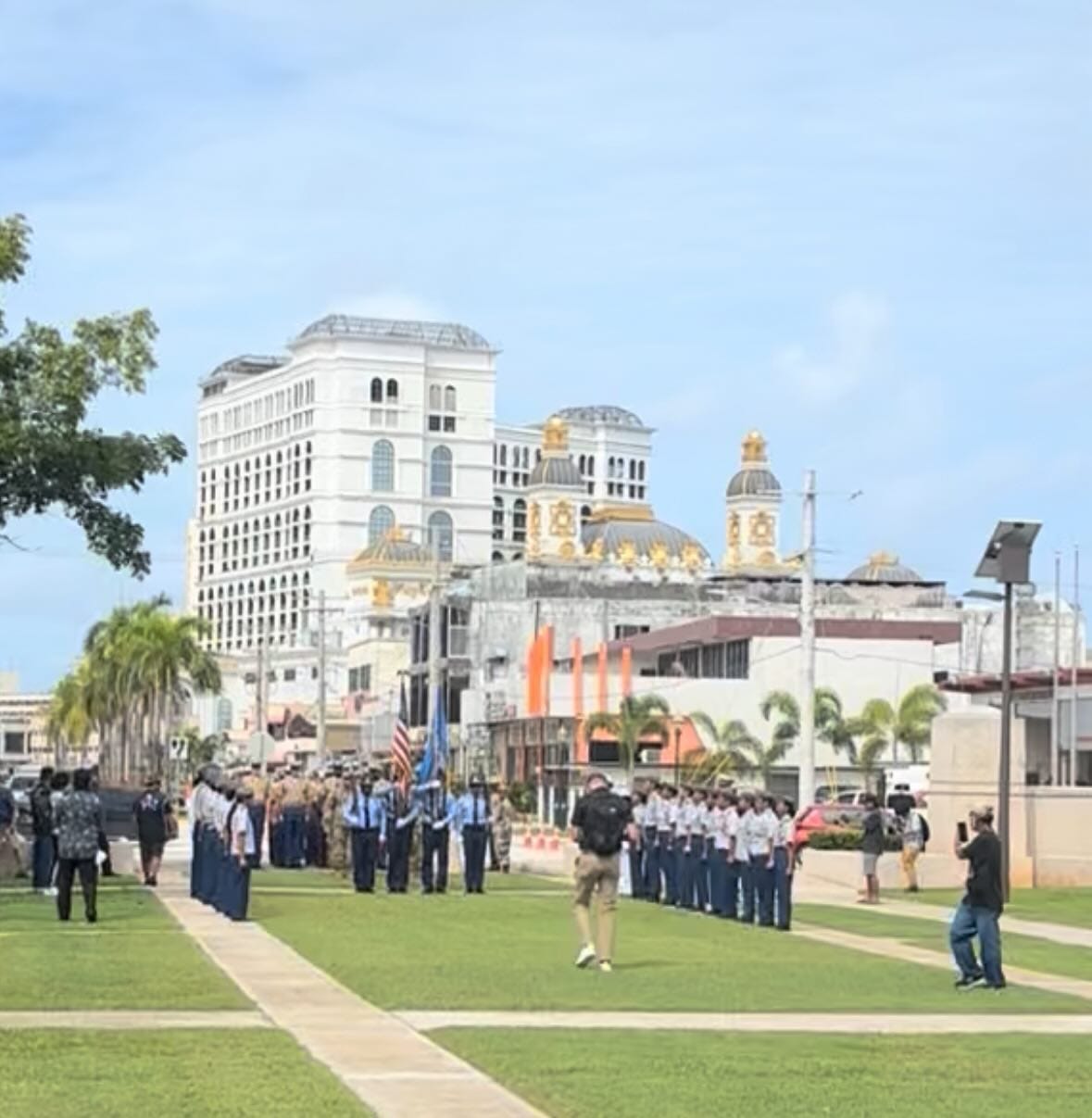
These are only a few of the scandals that anywhere else would cause a massive backlash and realignment that have defined the entire history of the last 50 years of a paradise with the population of a small town. It is most likely that the DOJ choice to have the case here has to do with some plea condition by Assange. But the normal rules of scrutiny and accountability do not apply here. It is Casablanca, the Mos Eisley Cantina, and West Berlin, all written by Jimmy Buffett.
I can think of no better place to advertise America. But, unfortunately, I may be the only one.
We are not a Black Site. We are not a footnote. We are not an afterthought.
These islands represent the best that America can be and the worst that America has been. Shame on the federal government for using its lack of reporting resources or transportation ability - both issues that it caused - to sugar the lozenge of assange.



